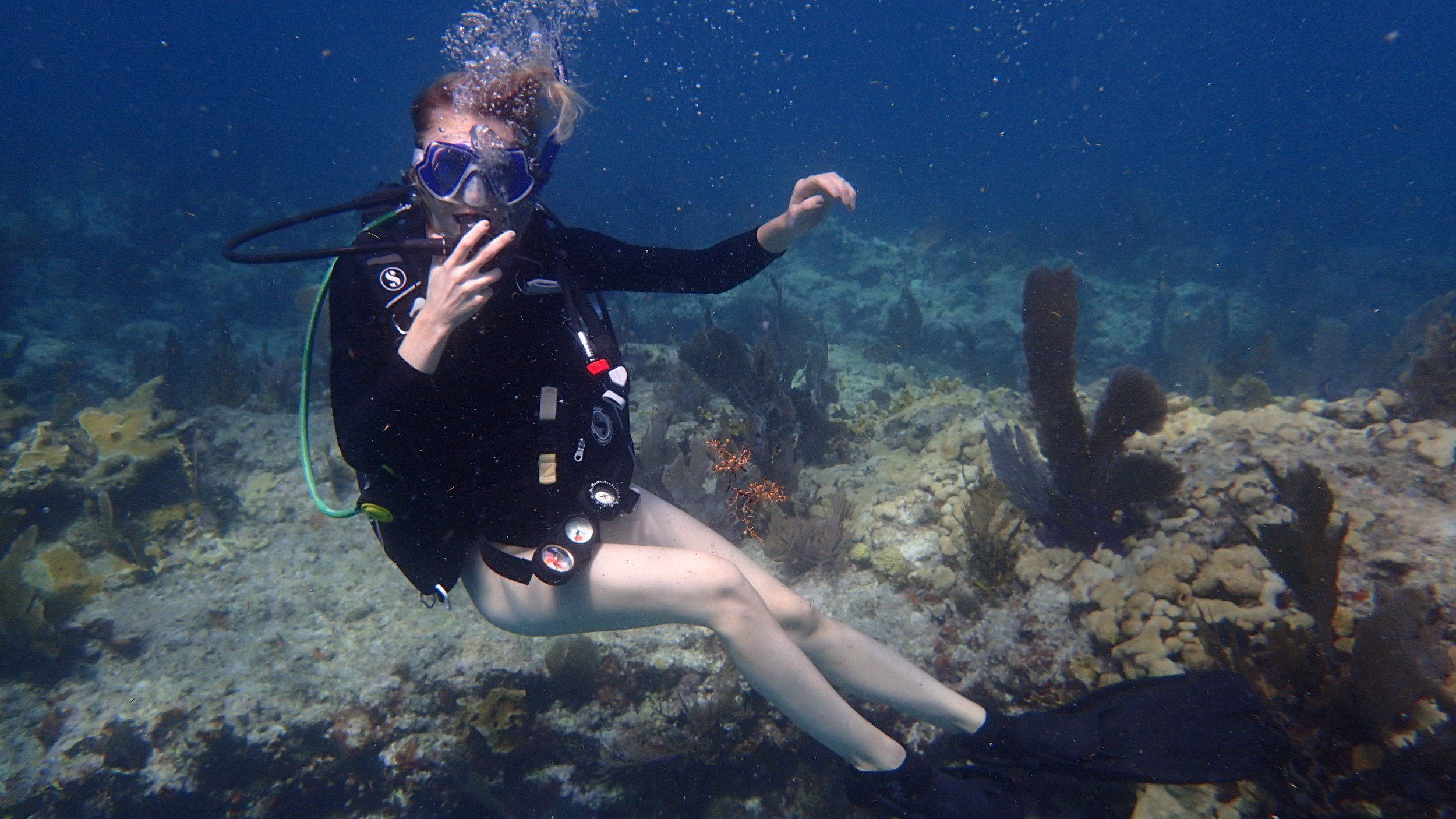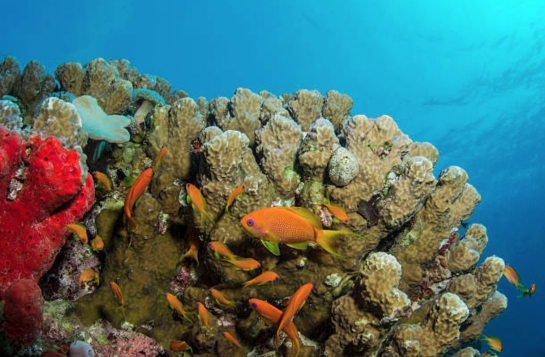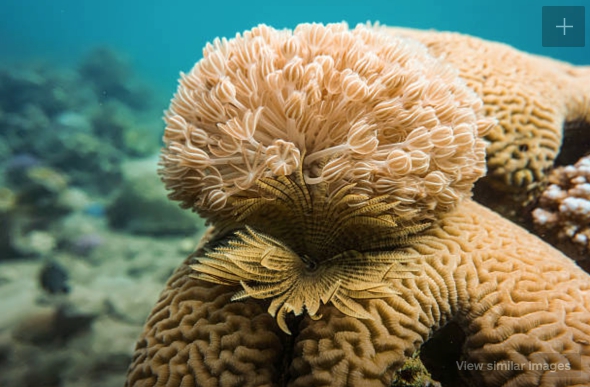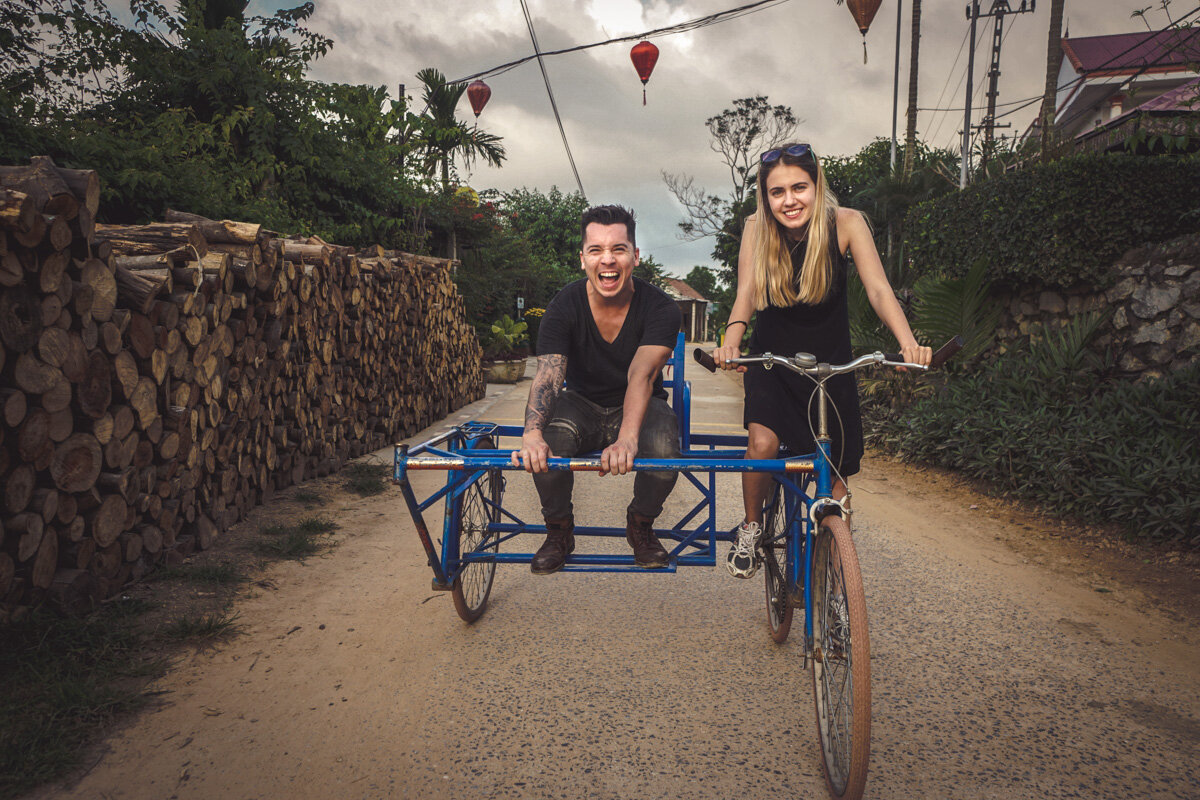Red Sea Scuba Diving in Aqaba, Jordan
/Are you looking for the next place to go scuba diving? Or just want to add scuba diving into your normal sightseeing tour? Scuba diving in the Red Sea is famous for its abundant marine life, corals and warm crystal clear waters. Here is our guide on why you should choose diving in Aqaba, Jordan out of other countries on the Red Sea.
Scuba diving in Aqaba, Jordan: best of the Red Sea
Scuba diving in Aqaba, Jordan is a true paradise – crystal clear waters of the Red Sea, unique marine life, clean sandy beaches.
Located on the Red Sea, Aqaba has some of the best scuba diving conditions in the world, both for day and night. You can choose to dive from the shore, as all the dive spots are located parallel to the coastline. Dives from the boat are available too. With more than 20 dive sites, you might need 5-6 days to explore everything and have a perfect scuba diving experience. Aqaba reefs are full of life and are populated by a variety of corals and marine inhabitants: morays, turtles, a huge variety of stonefish and scorpionfish, a lot of soft corals, and many more.
The best part is that waters of Aqaba are less crowded by other divers than neighboring Egypt and Israel! Also, we believe that diving in Aqaba’s Red Sea is more impressive than diving in Asia even though it’s ideal to try both.
Scuba diving conditions in Aqaba
The best time for scuba diving in Aqaba:
September /October.
Weather in Aqaba:
Water temperature during the coldest time of the year (January-February) drops to 18 ° C, in September it rises to 27 ° C.
Gulf of Aqaba depth:
The maximum depth in the Gulf of Aqaba is about 1600 m, however, the most interesting dive sites are located near the coast, at a depth of 0m – 40m.
Current:
None to moderate.
Average Visibility:
It is usually 35-40 m, and can reach up to 50 m. However, in spring, during the period of plankton blooming, the visibility drops to 10 m.
The salinity of water in the Gulf of Aqaba reaches the highest salinity of all seas - more than 41.5.
The most popular dive sites in Aqaba, Jordan
Cedar Pride Wreck - the most famous dead sea diving in Jordan
Cedar Pride is one of the rare wreck diving sites that it is easily accessible from shore and boat.
Being a diver himself, King Abdullah tried to make diving in Jordan even more diverse and attractive to tourists from all over the world.
That is why this ship has been purposely sunk in Aqaba in 1985 to create an artificial reef.
The ship is located at a depth of 25 meters and lies on two reefs, which allows divers to swim under it – it’s such a majestic sight for Aqaba adventure divers. The top of the wreck is at 7 meters deep allowing everybody to experience this site according to their skills.
📌 Depth: From 7 m to 27m+ 📌 Snorkeling: Yes
📌 Visibility: Excellent (20m+) 📌 Platform: Shore, boat
📌 Required scuba diving level: All levels 📌 Conditions: mild current
Japanese Gardens – perfect for diving or snorkeling in Aqaba
There is a whole wall of coral that stretches along the coast from the entry point located on the same beach as the Cedar Pride Wreck to the exit point. Most of the Aqaba’s Japanese Gardens is only 5m deep with some points being up to 40m deep.
The views are absolutely stunning and the walls are covered with corals completely. A large number of lionfish and other species will make this dive unforgettable.
There is a also coral alley located at 30 m deep where you can spot hawksbill turtles and eagle rays. Beware of stonefish and fire corals at the depth of 6m.
📌 Depth: From surface to 40m, surface traffic 📌 Snorkeling: Yes, highly recommended
📌 Visibility: Excellent (20m+) 📌 Platform: Shore, boat
📌 Required scuba diving level: All levels 📌 Conditions: Canyon, sloping reef, mild current at depth
Black Rock – dive from pristine private beach
Black Rock is an ideal place for beginner divers and many people have their first dive exactly here for their Padi course. At this diving site, divers can also undergo further training and improve their skills.
At the Black Rock diving site, everyone can choose the depth in the range of 15-30 meters and examine the slopes of the majestic reef.
This place is a home for a fabulous coral garden with fire corals.
Go about 27 m deep to see forests of black coral, shoals of fish and spectacular views of the blue depth from the bottom of the reef.
The marine life of the Red Sea us so diverse here: you can swim with dolphins, and spot octopuses. You can see turtles in the garden of lettuce corals but don’t forget to be careful with them as they might be aggressive.
Always start your dive in the south of the reef, then head north, upstream. Although it does not cause inconvenience to many divers, the current might still take you away from the exit point (unless of course you deliberately go drift diving in Aqaba sea).
📌 Depth: From surface to 27m+ 📌 Snorkeling: Yes
📌 Visibility: Exceptional (30m+) 📌 Platform: Shore, boat
📌 Required scuba diving level: All levels 📌 Conditions: Easy access, medium current
Be you a beginner diver, or more advanced, it’s always good to invest in high-quality equipment. You can start from buying the best dive computer suitable for your exact diving needs and experience.
The Seven Sisters – relaxed Gulf of Aqaba diving
Since this dive is close to the shore (only 30m) and the water is shallow and clear, large species are rare here. But this means that corals and sponges are prospering on this Red Sea coral reef. The shoals of fusiliers rush around and tiny invertebrates have captured the entire reef.
If you want to make great, vivid photos from under the waters of the Red Sea, Seven Sisters should be one of your priorities.
You will find the Seven Sisters dive to be extraordinarily relaxing, no matter whether you are learning to dive, or taking a bright pause after more difficult dives. You may not want to leave these reefs, but you can see so much more ahead of the Seven Sisters too!
Take a small swim to the North-West, and we see a group of reef peaks locally known as Fairy Ring - not large enough to become a separate dive site, but definitely beautiful enough to become a part of your Aqaba dive plan.
📌 Depth: From surface to 16m+ 📌 Snorkeling: Yes, highly recommended
📌 Visibility: Exceptional (30m+) 📌 Platform: Shore, easy access
📌 Required scuba diving level: All levels 📌 Conditions: pinnacles, fire corals, light surge
The Tank – make a safety stop during your Aqaba dive
This tank sits at 6 m deep and is very close to the Seven Sisters. It's covered with soft corals and surrounded by marine life such as moray eels, flatworms, and nudibranchs.
Hopefully, there is still a bit of memory left in your camera, because this M42 Duster tank is a great place for a safety stop and great pictures.
The dive to the Tank is especially fascinating at night.
📌 Depth: From surface to 6m 📌 Snorkeling: Yes, highly recommended
📌 Visibility: Exceptional (25m+) 📌 Platform: Shore, easy access
📌 Required scuba diving level: All levels 📌 Conditions: light surge
Blue Coral – best deep dive in Aqaba
Blue Coral is named as you probably guessed after it's impressive blue Acropora corals. This Red Sea coral reef begins at a depth of 10 m and extends to 25 m with 3 massive coral shelves and some peaks standing out of the sandy bottom and algae.
In shallow water, you will see plenty of turtles, moray eels, reef fish, rays, and particularly nudibranchs – which Blue Coral is especially famous for. If you go a little deeper, you will begin to meet shoals of larger fish feeding on reefs, large sponges, and even more impressive hard and soft corals.
Because of the sand ravines that separate 3 main reefs, many divers prefer to dive to one of the reefs at a time, leaving the rest for the future. Blue Coral just offers too much marine life and impressions to cover everything at once.
This diving point is especially good at night. A variety of depths and reliefs create vivid impressions, but in general, its simple oblique position is quite easy for orientation and navigation.
📌 Depth: From 10m to 25m+ 📌 Snorkeling: Yes
📌 Visibility: Excellent (20m+) 📌 Platform: Shore, boat
📌 Required scuba diving level: All levels 📌 Conditions: Varied topography, excessive depth
The Power Station - great for advanced divers
This Aqaba diving site was named after a power station that previously operated in its vicinity. During the dive, you can drift from north to south along a beautiful coral wall. Also, there are various types of eels, Napoleon fish and other large pelagic creatures.
In fact, large predators are more frequent here than almost anywhere in the region, you can even spot hammerhead sharks. Often, the Power station site is used for technical dives, and routine decompression stops turn into a nice bonus because of the beautiful landscapes.
📌 Depth: From 5m to bottomless (200m+) 📌 Snorkeling: Yes
📌 Visibility: Exceptional (30m+) 📌 Platform: Shore, boat
📌 Required level: Advanced to technical 📌 Conditions: Wall, mild current, light surge
First Bay South Reef – best in Aqaba for drift diving
Many diving schools use this place as a training dive site, but don't let the idyllic conditions of First Bay South mislead you.
First Bay South Reef is full of great soft corals and sponges mixed together with large formations of hard corals. There are shoals of reef fish - from swallow-fish to parrotfish, butterflyfish, fusilier, and many others, along with pelagic fish patrolling the outer reef in search of easy prey.
The underwater mountain, covered with black corals and a garden of leafy corals – this is what attracts large fish in search of food. Go about 12-18 m deep to find the best coral gardens and the largest variety of marine life.
Make another dive here at night, when First Bay South really comes alive, especially the mountain. Octopuses and invertebrates feed on the reef, while large predators, even sometimes sharks, ply around the underwater mountain.
Pay attention to one thing:
Although the main part of this site is completely friendly to beginners, keep in mind that near the borders of the sandy valleys that you will see everywhere, you will find a strong and constant descending current that will quickly take you down to 100m or even more.
At a depth below 40m there are particularly impressive corals, and this site is very popular among technical divers who gave it a name: Death Valley. And this name is justified – less experienced divers should stay away from the downstream, and technical divers should clearly follow the dive plan. Dare to swim too far and you may have to complete your decompression schedule by swimming through the blue water.
📌 Depth: From 6m to 30m+ 📌 Snorkeling: No
📌 Visibility: Excellent (20m) 📌 Platform: Boat (recommended), shore
📌 Required scuba diving level: All levels 📌 Conditions: Strong current, excessive depth
How to get to Aqaba from Amman?
By plane:
Domestic flights are carried out only between Amman and Aqaba on the aircraft of the company "Royal Wings", subsidized by "Royal Jordanian". Flights are daily, the flight takes 45 minutes, the ticket price is 40JD one way; it is much faster than going the same way through the desert (the journey takes you 4-5 hours, and most of it will be quite boring).
Sitting in a plane on the way to Aqaba, you can admire a bird’s-eye view of desert landscapes and mountains around Wadi Rum.
By bus:
You can opt for an air-conditioned JETT Bus with a toilet on board and journey duration of 4-5 hours. This option will be more comfortable than the local bus.
What to do in Aqaba after diving?
Wondering what to do for the rest of your day after having your perfect diving experience in Aqaba?
There are definitely some other attractions in Aqaba besides all the activities connected with the Red Sea such as diving, snorkeling or just spending time on the beach.
Mamluk Fort, also known as Aqaba Castle - dates from the 14th century, however, was rebuilt a century later.
Aqaba Archaeological Museum is located next to the fort and contains artifacts dating from the 7th to 12th centuries. The building, which houses the museum exhibition, was the palace of Hussein ben Ali, and was built shortly after the expulsion of the Ottomans from the city.
Roman church dating from the third century AD - one of the most breathtaking discoveries made by archaeologists recently are the fragments of what may be the oldest church in the world.
Ruins of Ayla - built in 650 AD, it was the first Islamic city outside of the Arabian Peninsula.
Have you ever visited Aqaba and most importantly, have you gone scuba diving in Aqaba? What dive sites did you like the most?
Share your impressions in the comments!















































